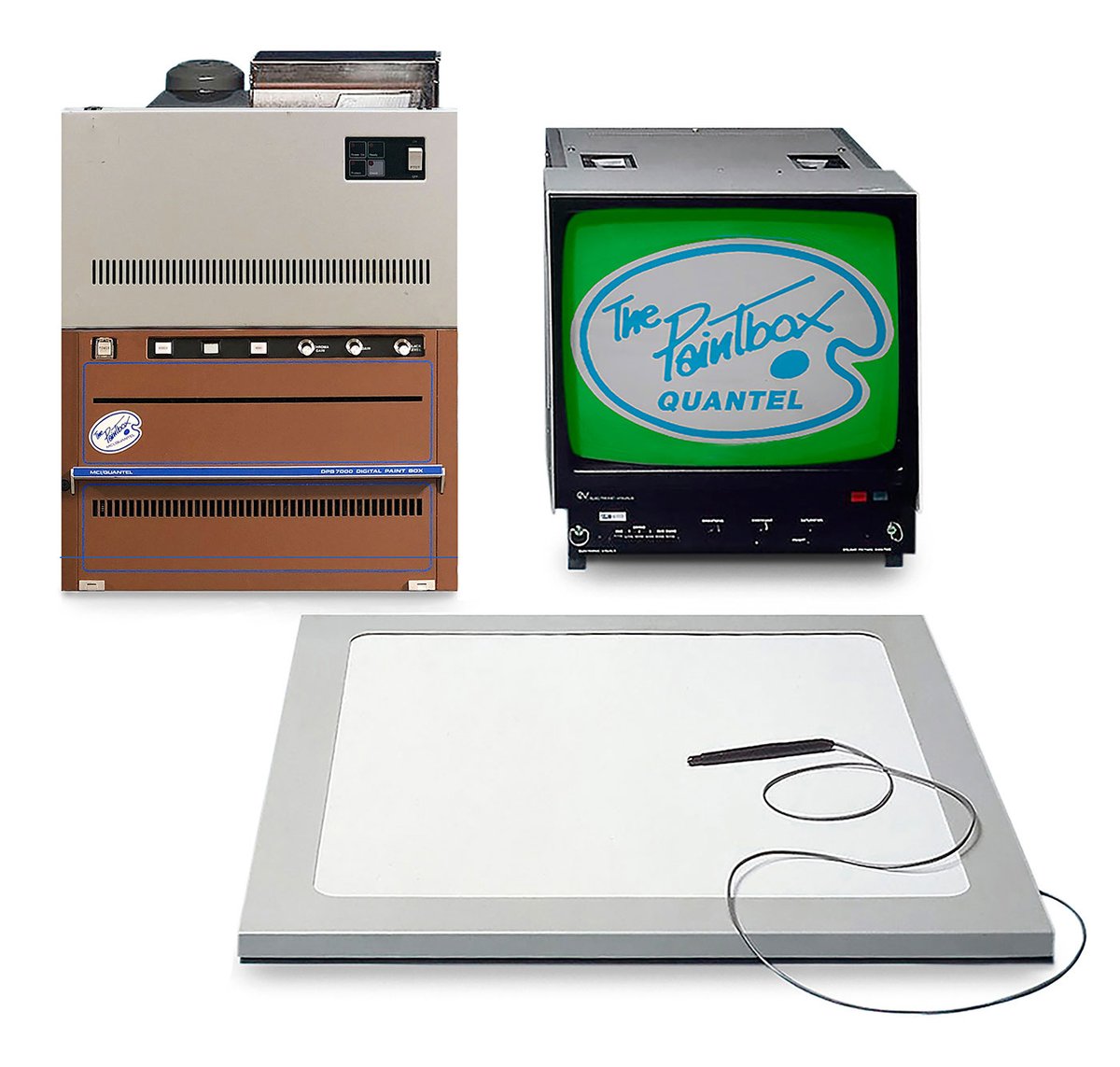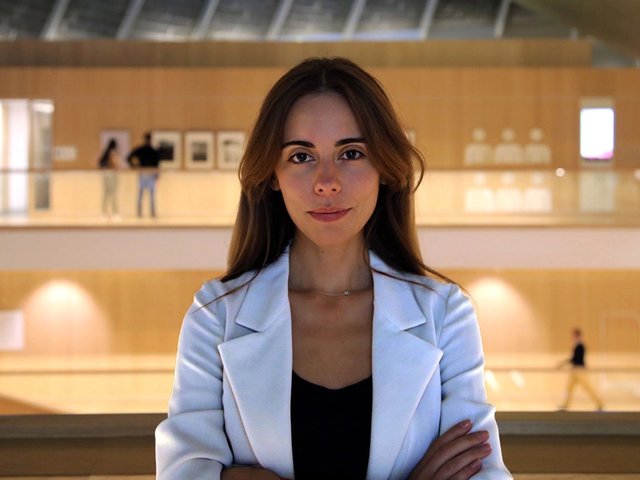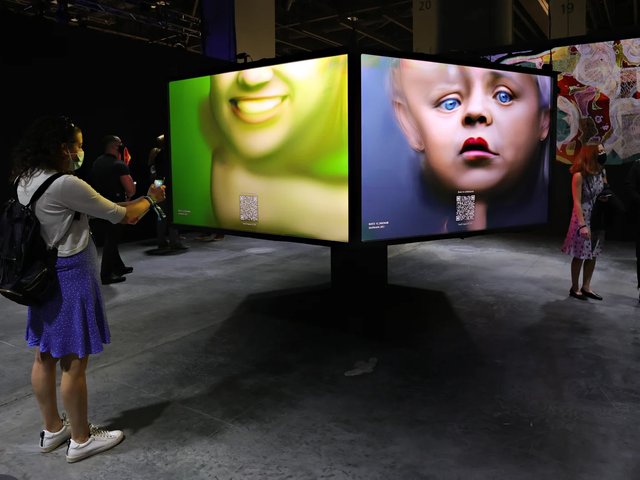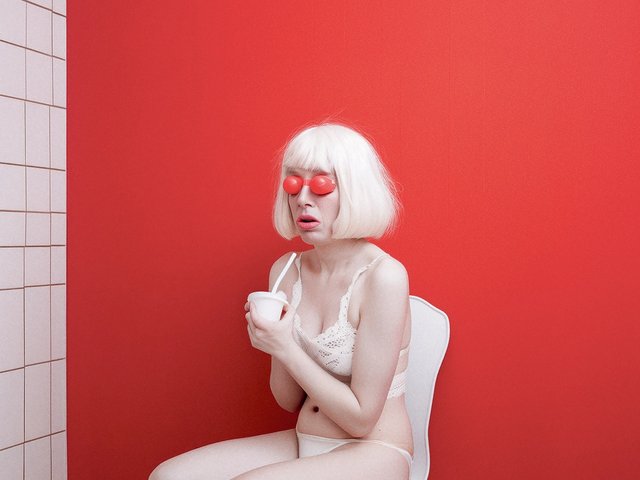A legendary but almost forgotten digital art tool, the Quantel Paintbox, which helped shape pop culture in the 1980s will be made available to contemporary artists at global art events, starting in Miami during Art Basel Miami Beach. The Quantel Paintbox was used to create the first CGI music video (Money for Nothing by Dire Straits, released in June 1985) and album covers including Nirvana’s Nevermind (1991) and film posters for The Silence of the Lambs (1991) and Pulp Fiction (1994).
Paintboxed—Tezos World Tour will be launched during Miami Art Week by ArtMeta, an art fair for digital art and NFTs, which held the first Digital Art Mile fair at Basel in June, with the support of the Tezos Foundation. “The Quantel Paintbox was a groundbreaking innovation in the 1980s when the personal computers were entering the market," said Georg Bak, the co-founder and artistic director of ArtMeta. "Our visual culture in music, broadcasting and art was highly influenced by the Quantel Paintbox and many world famous artists who were not necessarily associated with digital art used it to create digital artworks."
After Miami, Paintboxed—Tezos World Tour will travel to London, Paris and New York and conclude at the Digital Art Mile 2025 in Basel, where a Paintbox retrospective will be staged. ArtMeta will host the launch event from 5 to 7 December at the pop-up gallery PepeFest Presents: Fake Basel 2024 at Modern Art Theory in the Wynwood district of Miami, where selected artists will be invited to create new digital works using Paintbox.
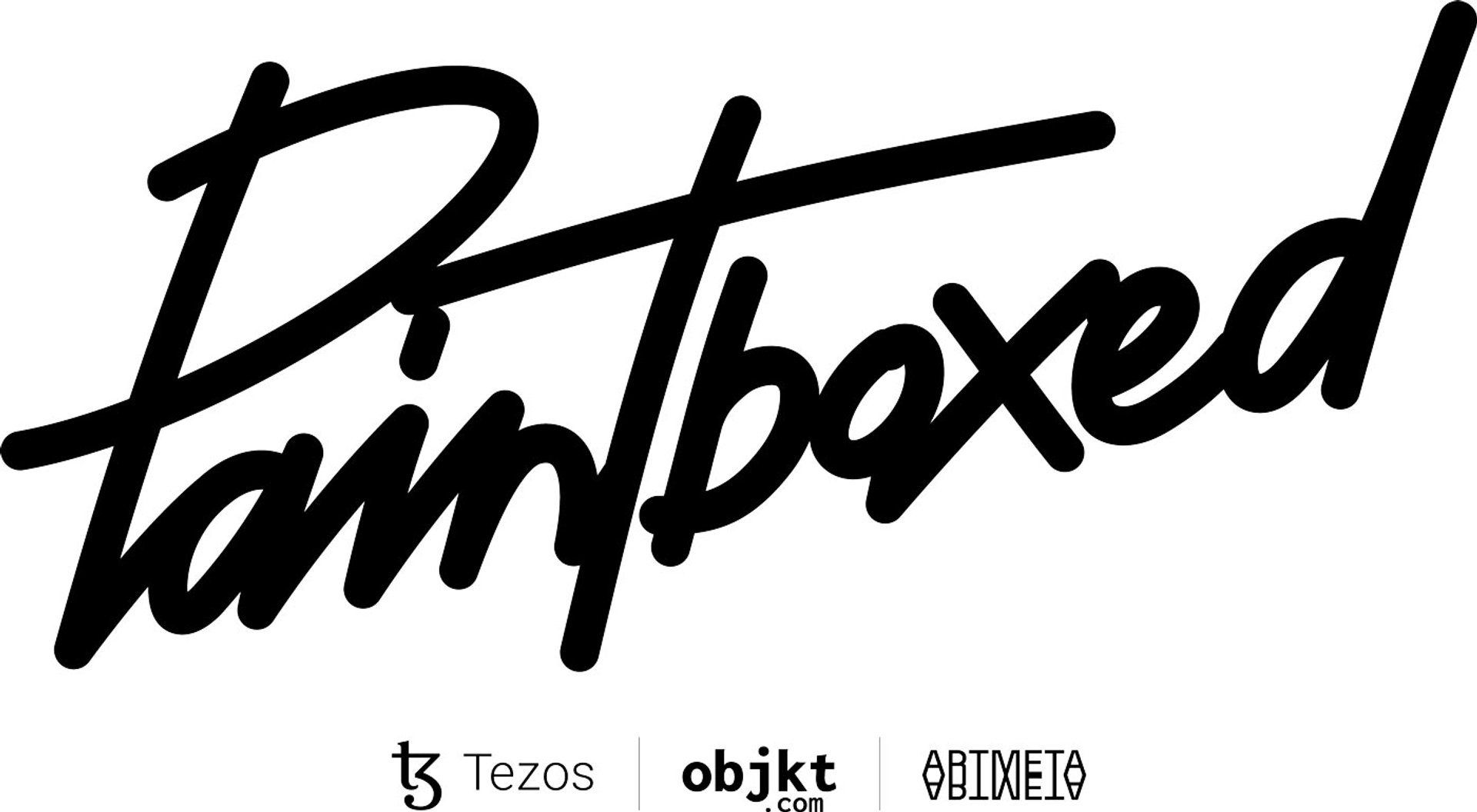
Paintboxed will tour art world events, starting at Art Basel Miami Beach, before concluding with a retrospective at Digital Art Mile in Basel in June 2025
Artists will be invited to use a refurbished Quantel Paintbox—made up of a drive, a monitor, a drawing board and a stylus—a tool that delighted leading artists of the 1980s, notably Richard Hamilton (who owned a Paintbox computer) and Keith Haring (who felt it "totally revolutionized the notion of art and the image"). Paintbox was used by Hamilton, David Hockney, Howard Hodgkin and Sidney Nolan on a 1987 BBC documentary series Painting with Light. (In archived footage on YouTube, Hockney can be seen declaring "I don't know what I'm doing" before starting to revel in the direct transfer between the movement of the stylus in his hand and the painting on screen, and the ability to change brush widths and mix and layer colours.) Artists who catch the tour will work on an original, fully functioning Paintbox, and their work will be minted afterwards as NFTs on objkt.com, powered by the Tezos blockchain.
Launching the Paintbox tour at The PepeFest Presents: Fake Basel 2024 brings the 1980s digital tool into the context of contemporary world of blockchain artists, including those who work with the Pepe the Frog meme. (The seemingly innocuous illustration rose to social media prominence in the mid-2000s, before being appropriated by the alt-right movement from around 2015.)
Rare Pepes, an early manifestations of crypto art inspired by Matt Furie’s 2005 Pepe the Frog and later memes, were launched as a collection in 2016 and by 2018, and led to over 1700 variations created by hundreds of participating artists. The Miami pop-up—organised by Scarce City, Pepe.wtf, Tez Pepe, Fake Rares, and Notable Pepes—is the latest in a series of temporary Pepe events around the world featuring auctions, projects, installations and merchandise.
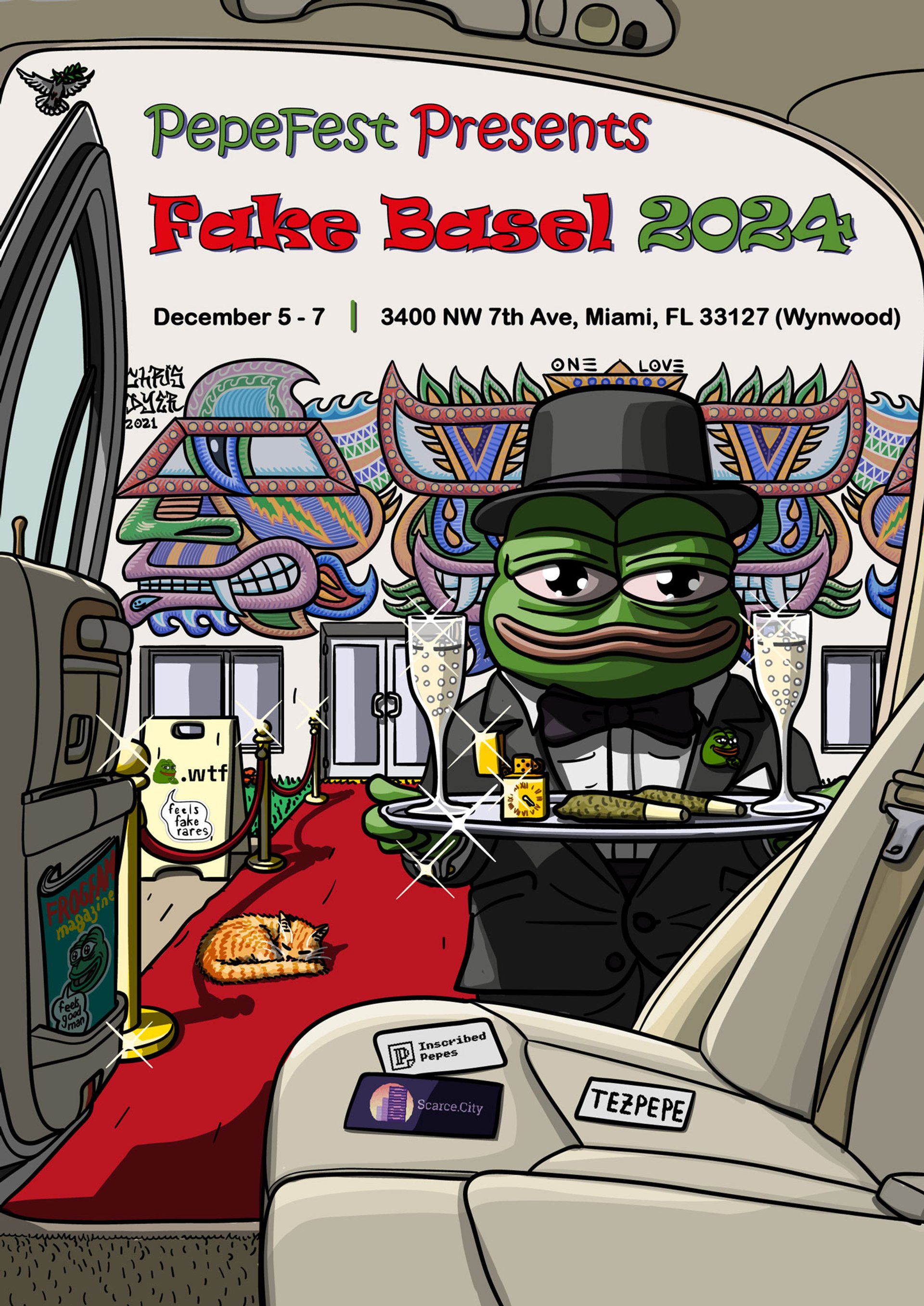
Artists will be invited to work on Paintbox at PepeFest Presents Fake Basel 2024, a pop-up event during Art Basel Week
Aleksandra Artamonovskaja, the head of arts at TriliTech (a London-based R&D and entrepreneurship team that supports the Tezos blockchain), said, “The support for the project is a continuation of a longstanding commitment across the Tezos Ecosystem towards embracing and promoting pioneering digital artists and projects. The PepeFest Presents: Fake Basel 2024 and Paintboxed—Tezos World Tour both share the mission of celebrating and inviting contemporary creators to be part of a historical movement.”
Artamonovskaja tells The Art Newspaper that Tezos wants to use the Paintboxed tour to reach beyond crypto artists and the Tezos community: "The goal is that this project [reaches] different entities and curators in the space, they come in and bring their own artists to be a part of it. So the idea is [that], before its culmination in Basel, it becomes a much bigger and wider involvement from all parties in the digital arts ecosystem."
The Paintbox was launched in 1981 by Quantel, a broadcast tech company in Newbury, Berkshire, 40 miles west of London, and enabled users—its first customers were national broadcasters with the budget for its enormous $250,000 price tag (equivalent to nearly $1m today)—to combine and layer two live images, and add text live. Work that once took a fortnight could be completed in two hours and the Paintbox computer became the industry standard tool for video and image manipulation, nine years before the launch of Adobe Photoshop software in 1990. ("Paintboxed" was a digital art term long before "Photoshopped" entered the global lexicon.)
The tour will make use of original Paintbox computers from the collection of the photographer, artist and historian Adrian Wilson, who is working as a curator on the tour and last year curated the exhibition How Quantel's Paintbox Changed our World for London's Computer Arts Society.
Wilson's 2023 exhibition catalogue tells the story of one of the exhibits, Haring's Pisa 1989, a Paintbox digital output file: "A few months before his untimely death, Haring flew to Rome just to work on a Paintbox. Intrigued by computer’s impact on art and culture throughout his life, Haring excitedly wrote about the prescient changes that the Paintbox heralded in his Journal." Wilson quotes from Haring's journal: "Paintbox has totally revolutionized the notion of art and the image—why hasn’t anyone noticed?"
Bak tells The Art Newspaper how the Paintboxed tour fits into the ArtMeta ecosystem. "ArtMeta and the Digital Art Mile is an art fair for digital art, which we kicked off this year in Basel, together with Tezos as our main partner. And we aim to be a little bit more than an art fair. We also want to produce important exhibitions that tell the history of digital art. We display historical digital art as well as contemporary digital art. And Paintbox is a unique project. It is a huge art historical time capsule that is not so well known. It's usually just there as some side note in digital art history books. So we really want to present this full history and context. This was ... the first time that artists that were not specifically digital artists who could code ... had access to tools to create digital art, with a digital brush."
Paintboxed will be showing up at different key art world events, Artamonovskaja says, "but we're also looking for studios that could host them a bit more long-term around the world so that local artists [could] come and take a bit more time to work on it. So we're looking for partners in New York, London, and Paris ideally, and maybe beyond that. So that artists can come in and create."


